Elm, planting guide and care work
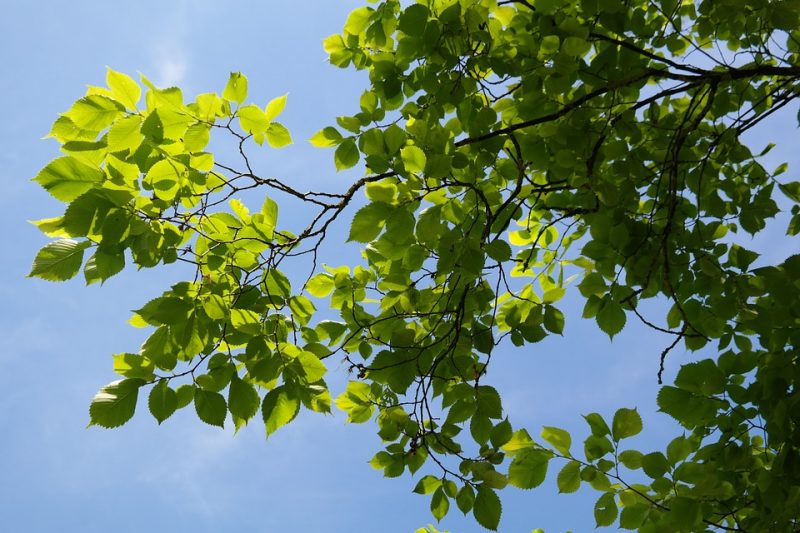
The elm (genus Ulmus ), from the Ulmaceae family, includes several species of deciduous trees, native to Central Asia. The genus dates back 20 million years. Over time, they have spread to the northern hemisphere, temperate and tropical-mountainous areas of Europe and North America. Most species are tall trees, which can grow up to 30 m in height, with a diameter of 10-15 m; they have a broad crown and a straight trunk. In general, elm species have oval-shaped leaves, arranged alternately. They are asymmetrical at the base, have double-serrated edges and prominent ribs. The fruits are 2.5 cm long, greenish, with a different shape depending on the species – in their center the seed is found. Some species have hermaphroditic flowers.
Ulmus minor (field elm)
It is a size I tree that can reach up to 20-30 m in height, has a round crown and a straight trunk – the rhytidome is dark gray, strongly cracked. The young shoots are thin, reddish-brown. Some varieties have branches covered with tumefied tissues. The leaves are elliptical or obovate, dark green, glossy on the topside. The flowers without petals develop before the leaves, in March-April and are brown. The fruits are elliptical or obovate, ripening in May-June. The species include the 3 most common cultivars:
- ‘Dampieri’ – a columnar tree, with thick foliage.
- ‘Wredei’ – a small tree, with foliage in golden yellow shades.
- ‘Variegata’ – with white-striped leaves.
Ulmus glabra (wych elm)
It is a size I tree and it can reach a height of 30 m. Compared to the field elm, it does not have a straight trunk. It has a wide crown, with vigorous branches and shoots covered with a fine down. The leaves have an obovate shape, with a large limb. They are dark green, rough on the topside, and on the underside, they are pubescent, light in color. The fruits are similar to the genus, have an elliptical shape, and ripen in June. Varieties:
- ‘Pendula’ – a size III tree with a broad crown and drooping branches.
- ‘Purpurea’ – the leaves have shades of purple.
Ulmus x hollandica (Dutch elm)
It is a hybrid between U. minor and U. glabra, a size I tree that can sometimes reach a height of 40 m. It develops a wide crown, with massive, gray-blackish branches and slightly pubescent young shoots. The leaves are oval, dark green, and the fruits have an elliptical shape. Cultivars:
- ‘Commelin’ – it is a size II tree, with a pyramidal crown. It is resistant to air pollution.
- ‘Groenveld’ – it is a size III tree, which develops a thick crown with light green foliage.
Ulmus laevis (European white elm)
A size I tree, which can grow up to 30 m in height, develops a round, irregular crown. The trunk has gray bark, strongly cracked, with detachable portions. The leaves are ovate and pubescent on the underside. The samara fruits have small dimensions and have hairs on the edges.
Ulmus procera (English elm)
A size I tree, which can reach a height of 35 m. It has an irregular, dense crown with pubescent foliage. Cultivars: ‘Bea Schwartz’, ‘Christine Buisman’.
Ulmus pumila (Siberian elm)
It is a tree native to Turkestan (a region of Kazakhstan), is a size III tree, developing a thick, globular crown. The leaves have an elliptical-ovate or elliptical-lanceolate shape, with a less asymmetrical base than in other species. It has a graceful appearance.
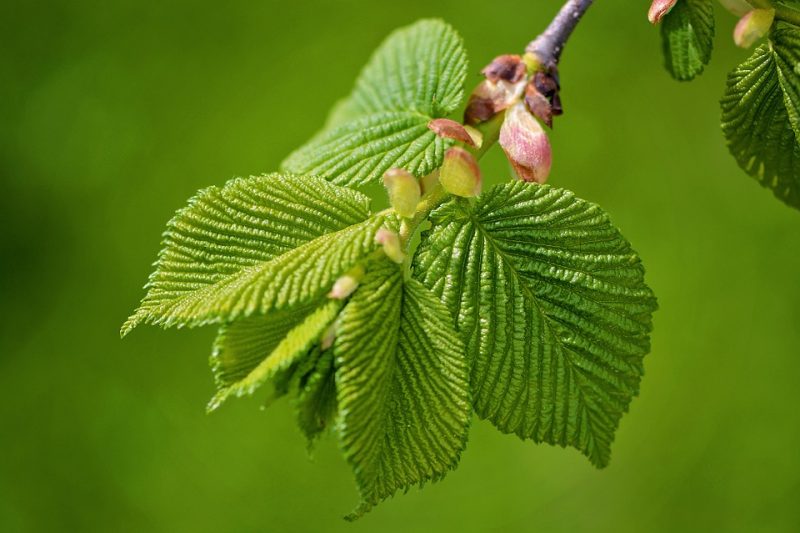
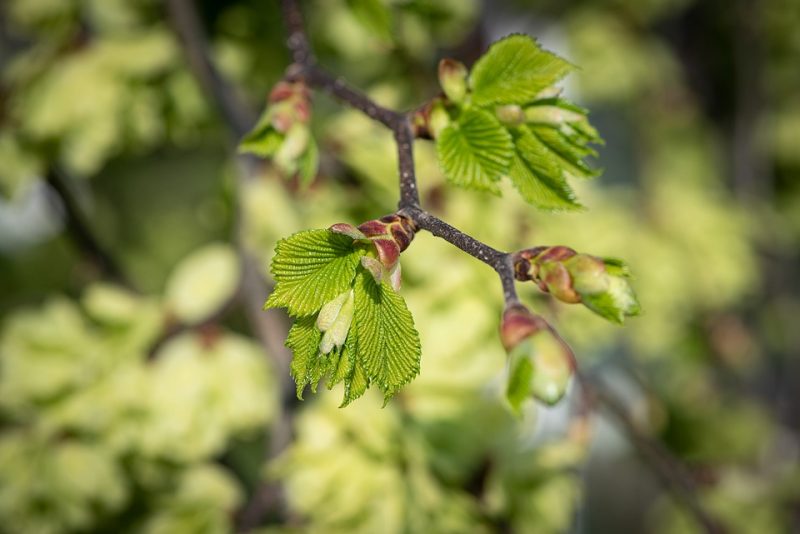
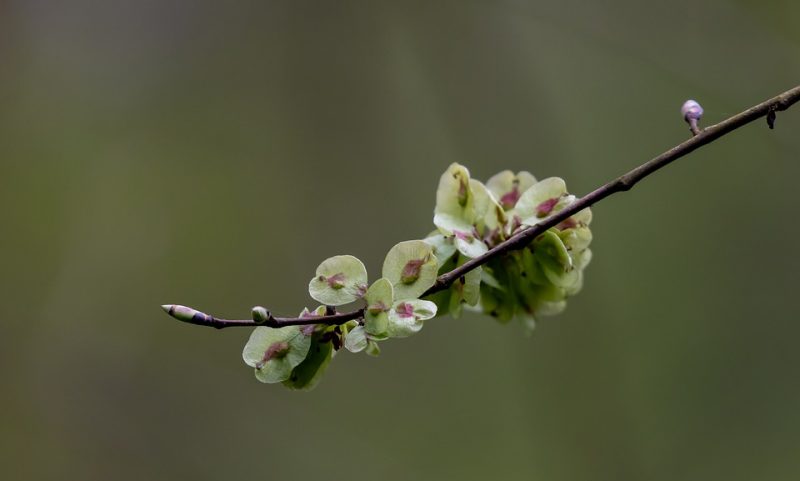
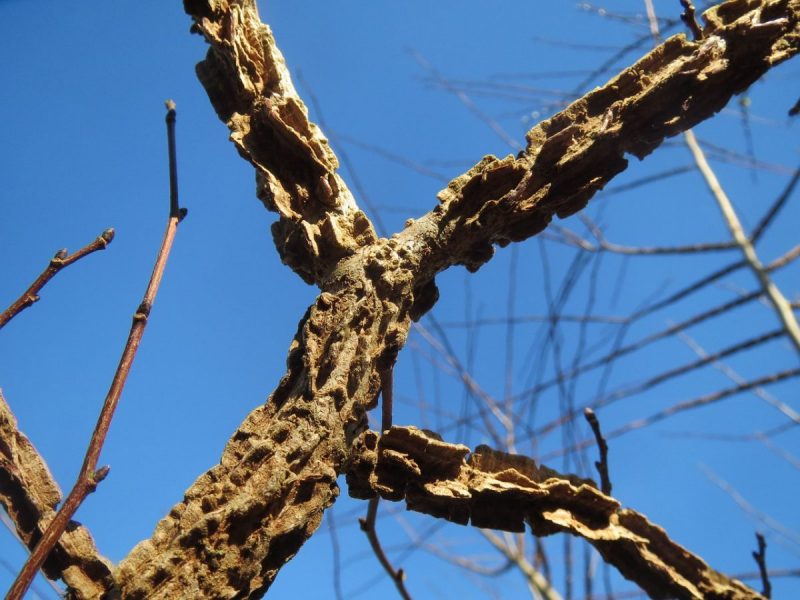
Care
Light. In general, elms do not have specific requirements for light, preferring both sunny and partially shaded places.
Temperature. Most elm species are resistant to frost, except for the field elm, English elm, and European white elm, which prefer higher temperatures. The Siberian elm is very resistant to frost but can be affected by late spring frosts.
Soil. Elm trees grow well in many types of soil, but prefer damp, rich, well-drained soils with a neutral pH; they can also withstand drought conditions. The European white elm prefers wetter soils, as it is often found near watercourses. The Siberian elm is the most drought-resistant species and can withstand even soils with moderate salinity.
Fertilization. To stimulate the rich growth of trees and shrubs, during the vegetative growth period, it is recommended to apply specific fertilizers.
Recommended products
-
You can find products on a different store
Change Store -
You can find products on a different store
Change Store -
You can find products on a different store
Change Store -
You can find products on a different store
Change Store -
You can find products on a different store
Change Store -
You can find products on a different store
Change Store -
You can find products on a different store
Change Store -
You can find products on a different store
Change Store -
You can find products on a different store
Change Store -
You can find products on a different store
Change Store -
You can find products on a different store
Change Store -
You can find products on a different store
Change Store -
You can find products on a different store
Change Store -
You can find products on a different store
Change Store -
You can find products on a different store
Change Store -
You can find products on a different store
Change Store -
You can find products on a different store
Change Store -
You can find products on a different store
Change Store -
You can find products on a different store
Change Store -
You can find products on a different store
Change Store -
You can find products on a different store
Change Store -
You can find products on a different store
Change Store -
You can find products on a different store
Change Store -
You can find products on a different store
Change Store
Planting
Elm trees can be found both as solitary specimens and in alignments or groups. Planting has to be done in spring or autumn, during the vegetative dormancy period, at temperatures above 5° C, if the soil is not frozen and there is no danger of frost. Be sure to purchase planting material from authorized nurseries. Immediately after planting, water abundantly, then keep the soil always moist.
Propagation
Elms can be propagated through seeds, grafting, layering, or root cuttings.
- the seeds have to be harvested in May-June, depending on the maturation, directly from the branches. They must be sown immediately after harvest.
- grafting can be done in pleaching , in summer or in triangulation, in spring.
- mound layering can be used for the hybrid U. x hollandica.
- propagation through root cuttings or bud cuttings must be done only by specialists, being a difficult procedure – it is more often used in the Netherlands.
Recommended products
-
You can find products on a different store
Change Store -
You can find products on a different store
Change Store -
You can find products on a different store
Change Store -
You can find products on a different store
Change Store -
You can find products on a different store
Change Store -
You can find products on a different store
Change Store -
You can find products on a different store
Change Store -
You can find products on a different store
Change Store -
You can find products on a different store
Change Store -
You can find products on a different store
Change Store -
You can find products on a different store
Change Store -
You can find products on a different store
Change Store -
You can find products on a different store
Change Store -
You can find products on a different store
Change Store -
You can find products on a different store
Change Store -
You can find products on a different store
Change Store -
You can find products on a different store
Change Store -
You can find products on a different store
Change Store -
You can find products on a different store
Change Store -
You can find products on a different store
Change Store -
You can find products on a different store
Change Store -
You can find products on a different store
Change Store -
You can find products on a different store
Change Store -
You can find products on a different store
Change Store
Diseases and pests
The pests that can attack elm species are mites, hairy caterpillars, citrus flatid planthoppers, and Dysaphis spp (which produces galls on the leaves).
The diseases that can affect elms are Nectria twig blight (Nectria coryli) and Graphium ulmi (Ophiostoma ulmi). Nectria twig blight causes the appearance of ulcers on the bark of the tree, causing the death of the branch. Graphium ulmi is a disease that affects the fluid-conducting vessels of the tree, causing the yellowing and drying of leaves and branches.
In addition:
- elms are trees with long lifespan and fast growth.
- the varieties of U. x hollandica and U. procera are resistant to Graphium ulmi.
- elm wood is highly valued for its strength and hardness.
- the young specimens have a smooth bark, compared to the mature ones.
- sometimes the root system in mature specimens can cause damage.
- it is suitable for growing as a bonsai.


















































































































































































































































































































































































































































